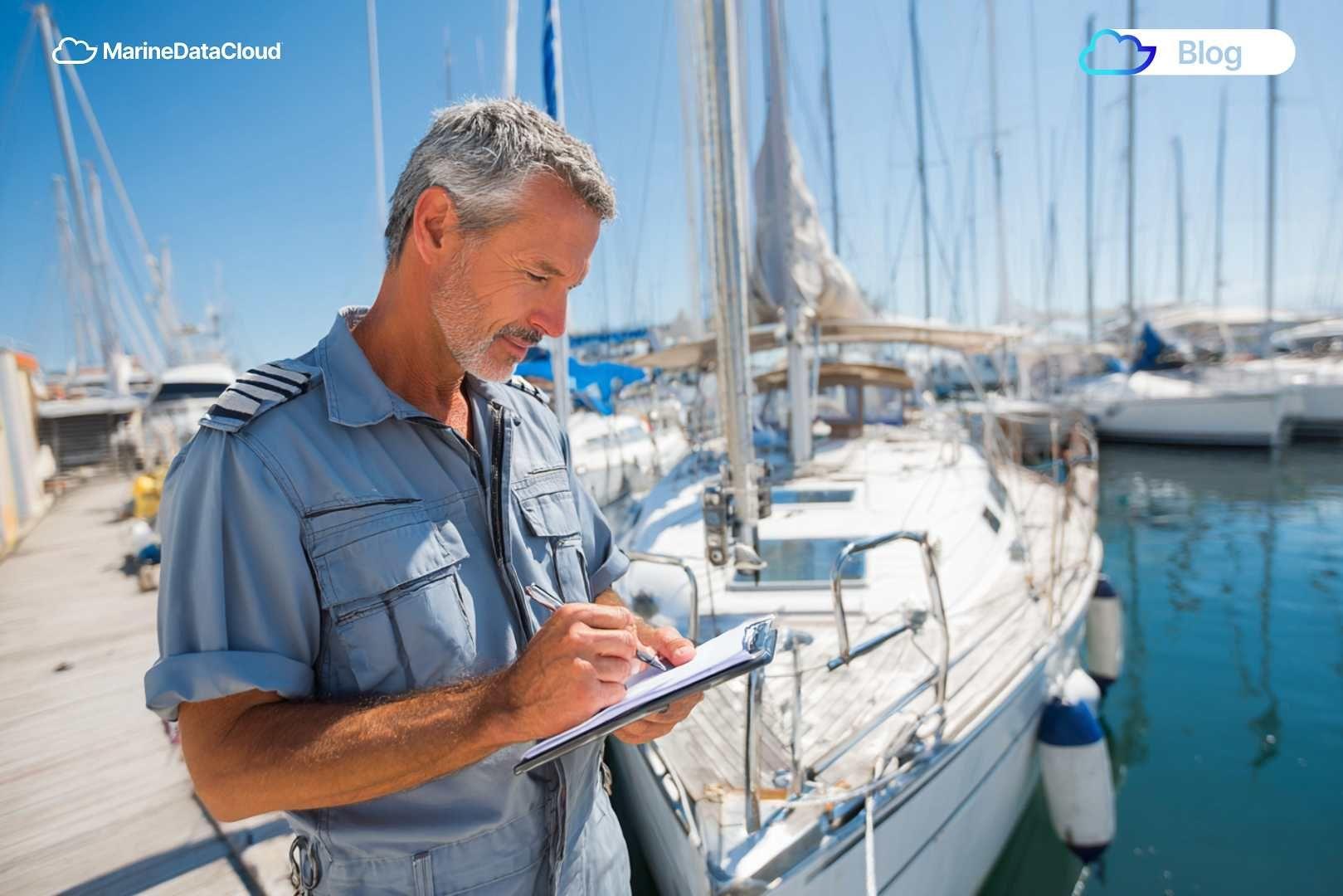How to do a Proper Boat Safety Inspection

How to do a proper boat safety inspection on your own!
Owning a boat comes with quite a bit of responsibility. The main one would be maintaining the boat well, and ensuring that it is safe for cruising. It is good to be optimistic and have positive thoughts about your boat, but it is even better to be prepared for any misfortune that might happen when at sea. You do not want to be regretting not having gotten your boat checked before leaving the docks, and facing hardship while sailing. Therefore, doing a proper boat inspection on your own is a very good skill to have. Read through our article and get a quick glance on some tips showing you how to do a boat inspection in a few easy steps.
Get your safety equipment list ready
There are a certain number of items that are required to be on board at all times to ensure that a boat is safe and prepared in the event of an accident. Checking that all these necessary equipment is in place, is the first thing to do when having your boat inspected on your own. The list includes items such as the life jackets. They have to be in working conditions. Other important items that should be on boats at all times are the visual distress signals. A boat needs to carry on a minimum of three signals for the day and another three signals for the night, all within their expiration date. Fire extinguishers are also mandatory on board, again all in working conditions. In addition, the boat is required to have a good ventilation system, backfire flame control as well as sound producing devices. Navigation lights are another must have.
Other requirements might be added depending on the type of boat you have. You can use TheBoatApp to make sure that you have an updated checklist and that everything is working just fine!
Doing a boat inspection step by step
The first step when doing a boat inspection is to have a walk around the vessel and check that the hull, the stem, the strakes and the chines are all in good condition. Next, you should have a look at the linkages by removing the outboard cowling, and make sure they are properly greased and not corroded. Then, check the in and outs, make sure there are no leaks in the seals and gaskets, check the dipstick, the drive belt and the serpentine belt. Furthermore, have a look at the wiring and make sure there are no taped items sealed together. Also check the motor for corrosion. Do not forget to test your fuel and oil and make sure that the engine does not have any water in it. Water should not be seen in the hatches either. Last but not least, check for any possible leaks and inspect the upholstery, look under the cushions and make sure there are no algae present.
It is important that you always do an inspection before you go out on water or if your boat has been sitting in the marina for way to long. TheBoatApp can remind you of the findings from your last inspection and when it is a good time to perform a new one. Make sure you are always being safe and cautious when you are planning a trip.